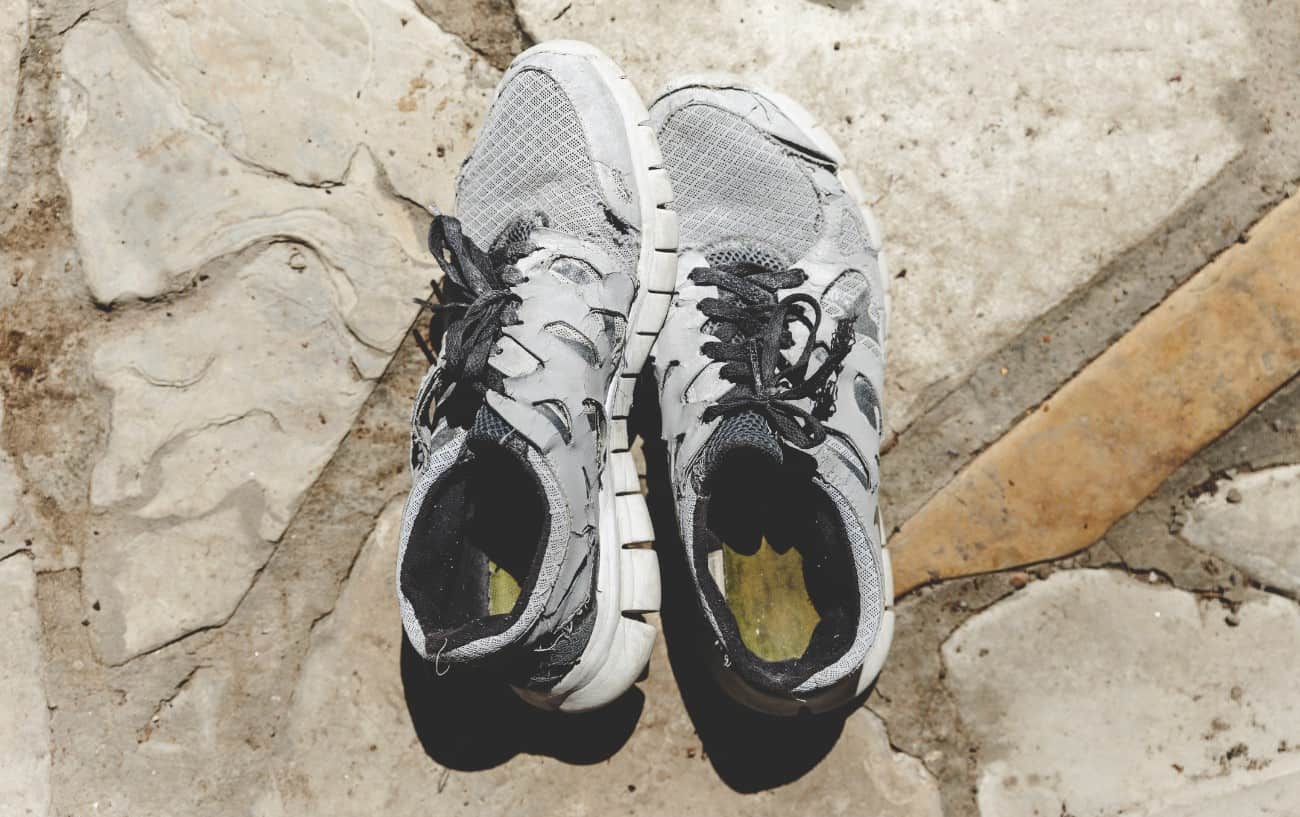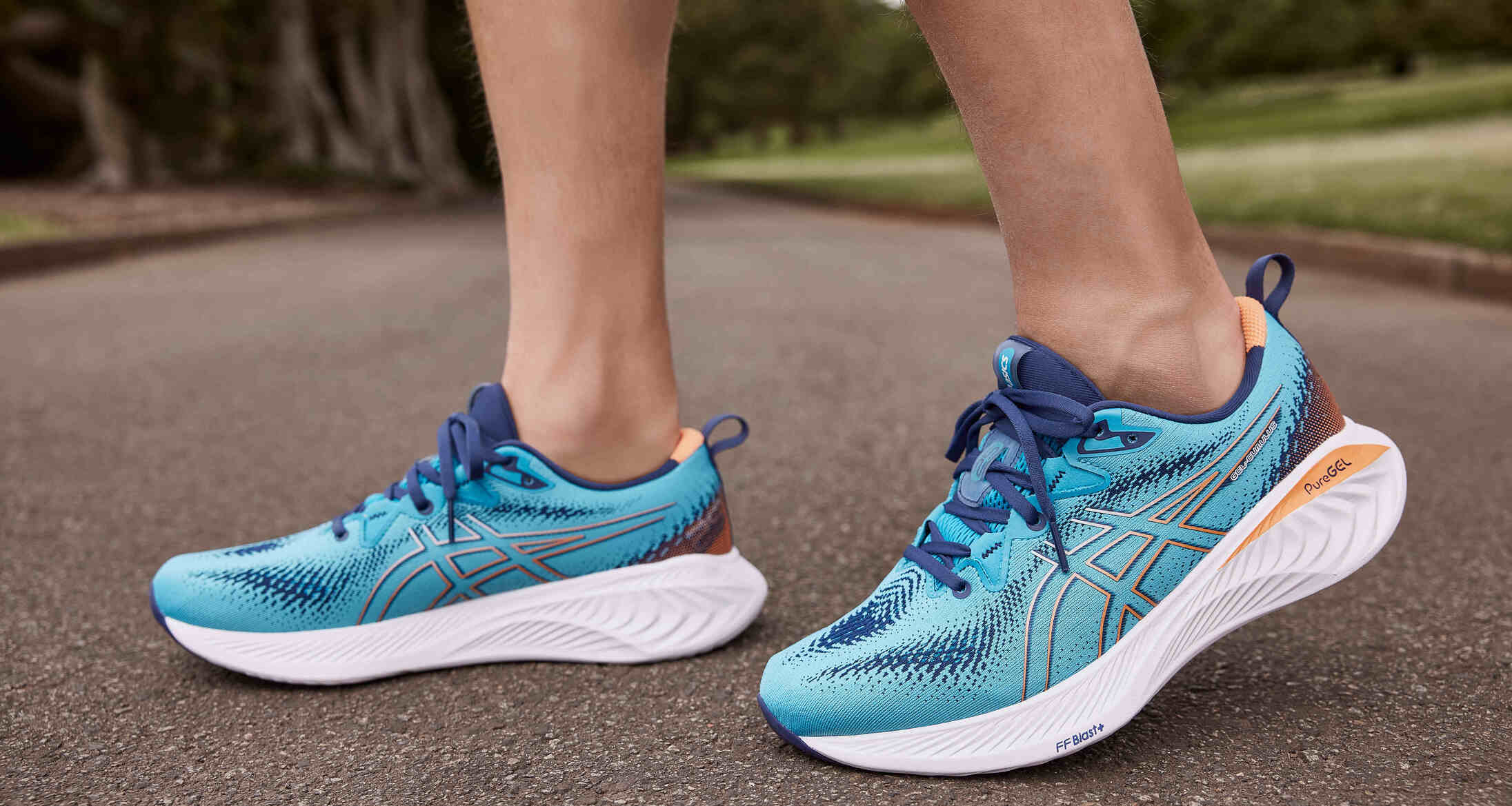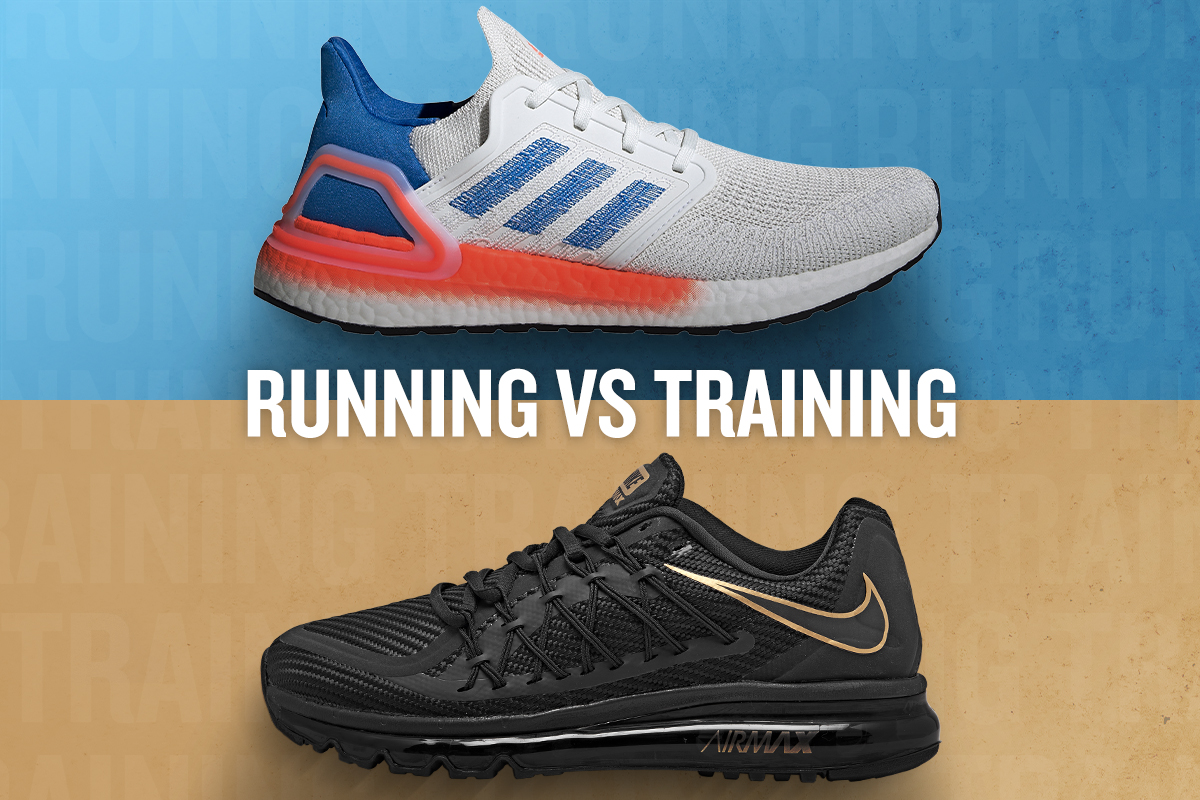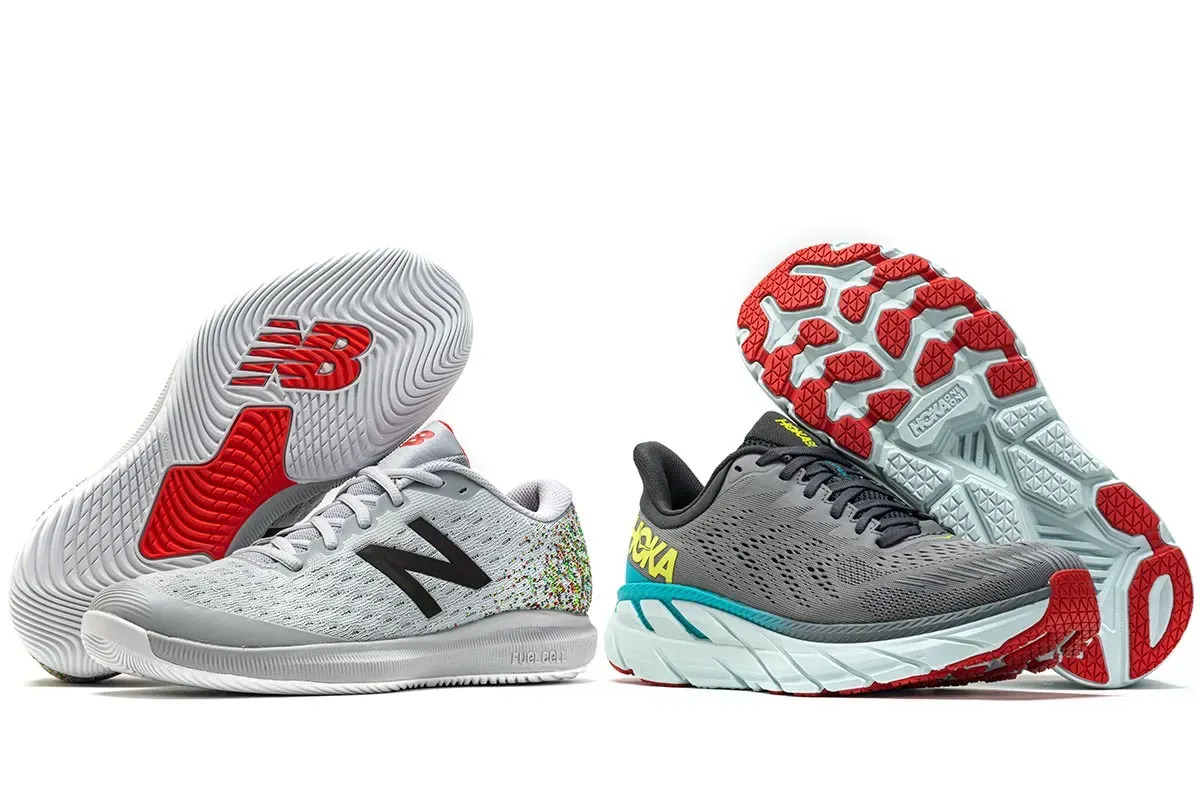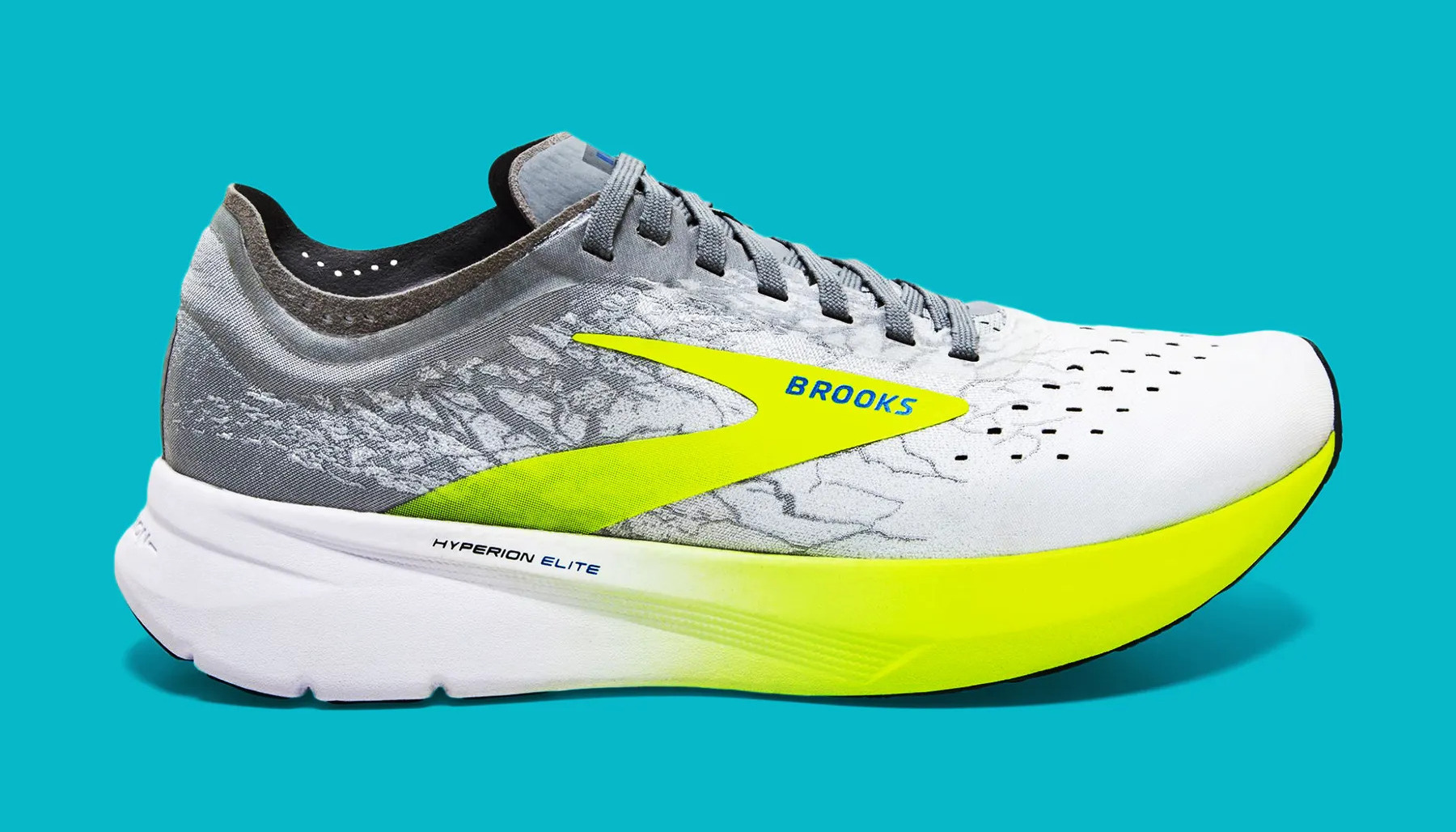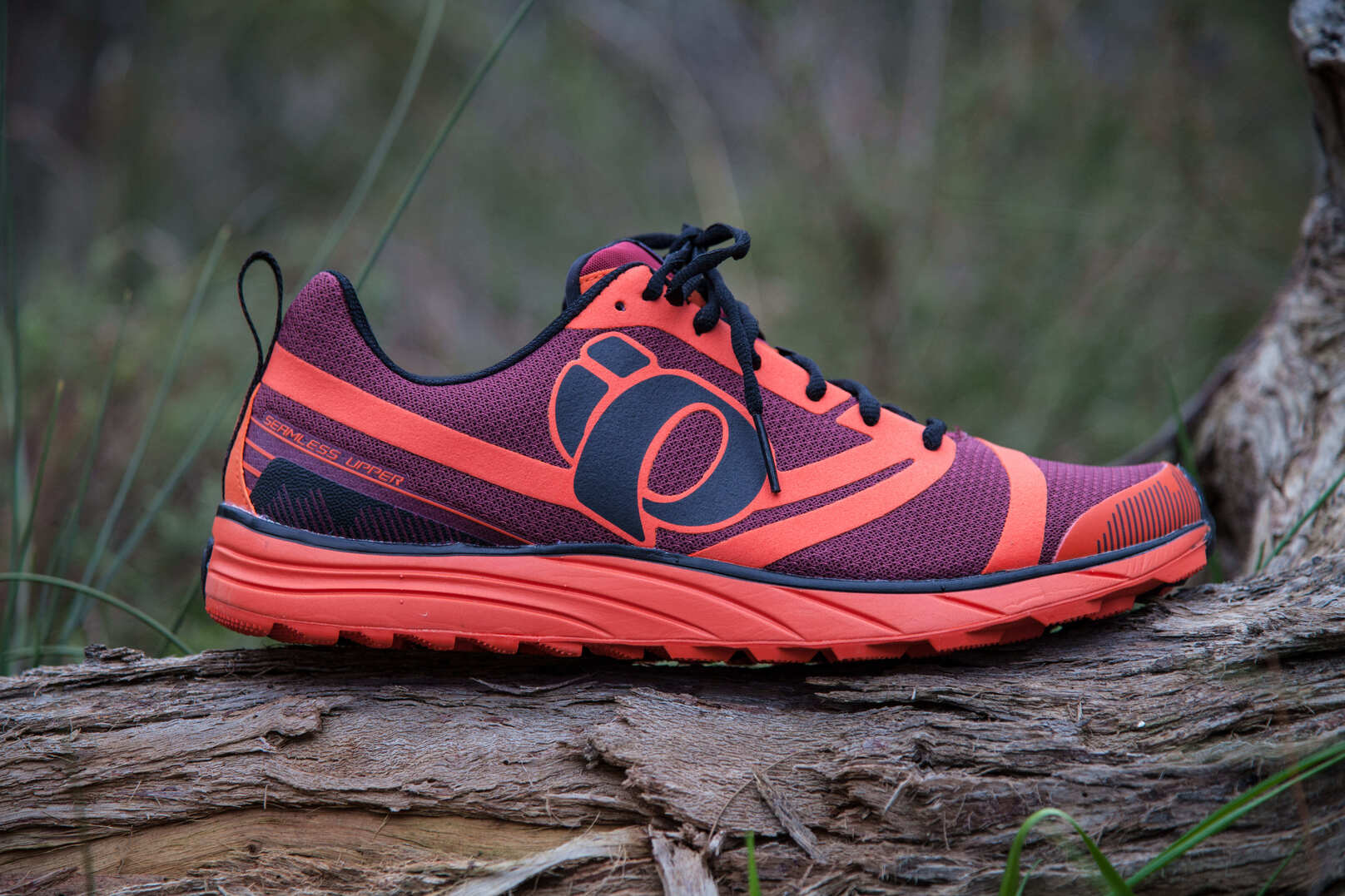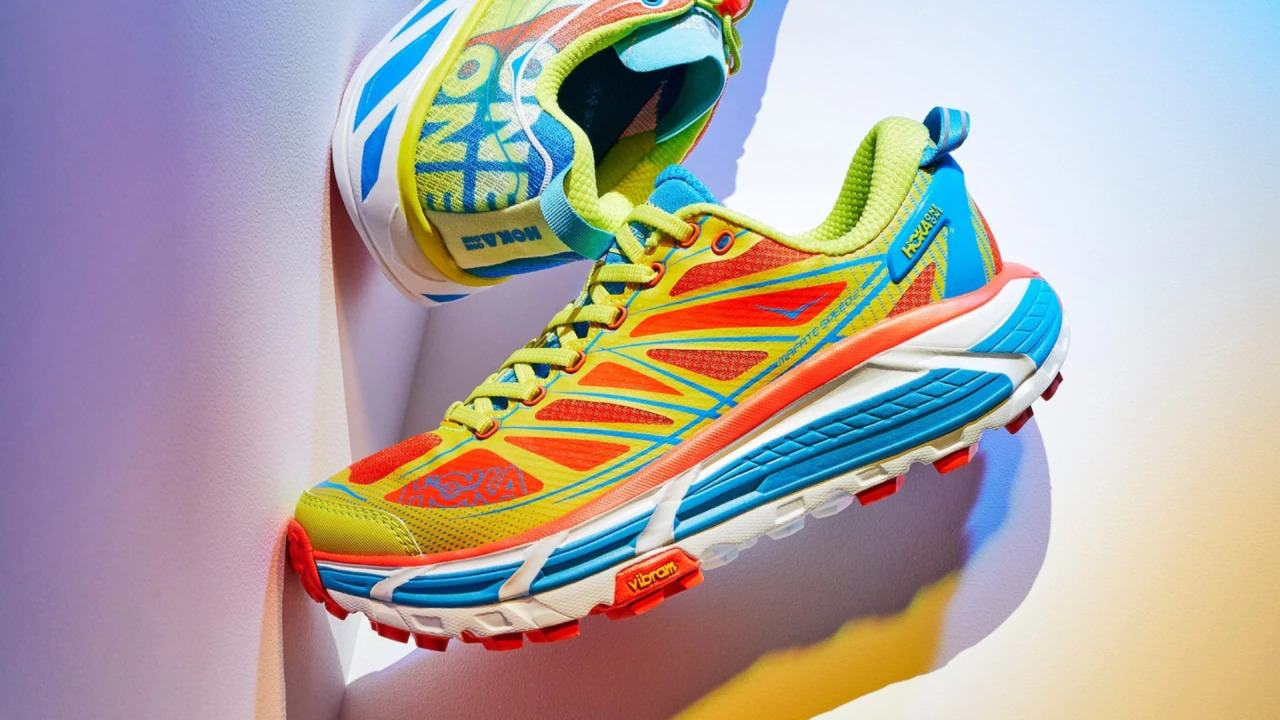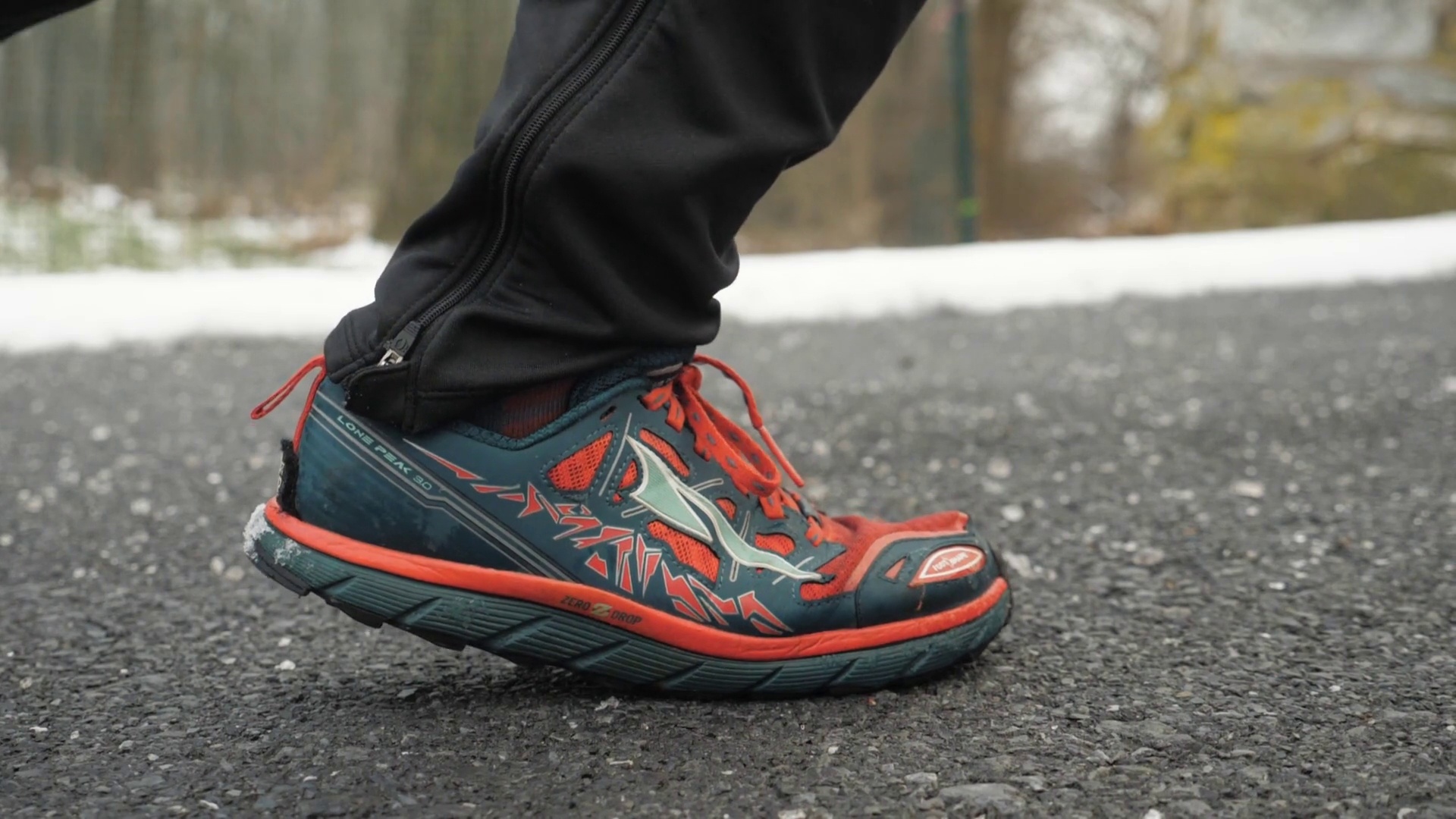

Featured
What Is The Drop On Running Shoes
Modified: August 18, 2023
Discover the benefits and features of drop on running shoes, including the latest models and technologies. Stay updated with our featured collection.
Introduction
Welcome to the world of running shoes, where every runner knows that finding the perfect pair is essential for a comfortable and successful running experience. As you browse through different shoe options, you may have come across the term “drop” and wondered what it means and why it’s so important.
The drop of a running shoe refers to the difference in height between the heel and the toe. It is typically measured in millimeters and can vary from shoe to shoe. While it may seem like a small detail, the drop plays a significant role in how your feet and body interact with the ground during each stride.
Understanding the concept of drop is crucial because it can greatly impact your running performance and overall comfort. Different runners have different needs, and choosing the right drop can make all the difference in preventing injuries and maximizing your running potential. In this article, we will explore the ins and outs of drop in running shoes, its importance, and how to find the ideal drop for your running style.
Definition of Drop
The drop of a running shoe is defined as the height difference between the heel and the toe. It is measured in millimeters and indicates how much the foot is angled in the shoe. In a shoe with a higher drop, the heel is elevated compared to the toe, while in a shoe with a lower drop, the heel and toe are closer to the same level.
The drop can have a noticeable impact on the biomechanics of running. A higher drop encourages a heel-striking gait, where the heel contacts the ground first during each stride. This is typically associated with slower-paced running and can provide more cushioning upon impact. On the other hand, a lower drop promotes a midfoot or forefoot strike, where the ball of the foot lands first. This running style is often associated with faster-paced running and a more efficient and natural stride.
It’s important to note that the drop of a running shoe is not a measure of the shoe’s overall cushioning or support. It is solely focused on the level of inclination from the heel to the toe. A running shoe can have a high drop with minimal cushioning, or a low drop with plush cushioning. Therefore, it’s crucial to consider the drop along with other factors such as cushioning, stability, and support when selecting the right running shoe for your needs.
Importance of Drop in Running Shoes
The drop of a running shoe plays a crucial role in how your feet and body interact with the ground during running. It affects your running form, comfort, and performance. Understanding the importance of drop can help you make an informed decision when selecting the right pair of running shoes.
One of the primary reasons why drop is important is because it influences your running gait. The drop can encourage a specific foot strike pattern, such as heel-striking or midfoot/forefoot striking. Each foot strike pattern has its own advantages and considerations, and the right drop can help support your preferred running style.
For those who tend to be heel-strikers, a higher drop can be beneficial as it provides extra cushioning and reduces the impact on the heel during each stride. This can be especially helpful for runners who engage in long-distance running or have a history of foot or knee injuries.
On the other hand, if you are a midfoot or forefoot striker, a lower drop may be more suitable. This type of foot strike pattern promotes a more natural and efficient running form, as it allows for better shock absorption and energy transfer through the foot and calf muscles.
Furthermore, the drop can also influence the overall stability of the shoe. A higher drop can provide a more stable base by evenly distributing weight across the foot. This can be beneficial for runners who require additional support or have issues with pronation.
Another important consideration is the effect of drop on muscle engagement. When running in a shoe with a lower drop, the calf and foot muscles are more engaged to help absorb the impact and propel you forward. This can lead to improved lower-leg strength and stability over time.
Ultimately, the importance of drop in running shoes lies in finding the right balance between comfort, performance, and injury prevention. It’s essential to choose a drop that aligns with your running style, goals, and specific needs. By selecting the appropriate drop for your feet and running mechanics, you can optimize your running experience and minimize the risk of discomfort or injury.
Factors to Consider in Choosing the Right Drop
When it comes to choosing the right drop in running shoes, there are several factors to consider. By taking these factors into account, you can find a drop that aligns with your running style, biomechanics, and individual needs.
Running Style:
Consider your foot strike pattern and running form. Are you a heel-striker, midfoot striker, or forefoot striker? Your running style can help determine the ideal drop for your shoes. Heel-strikers may benefit from a higher drop, while midfoot or forefoot strikers may prefer a lower drop.
Comfort:
Pay attention to how the shoe feels on your feet. Everyone’s feet are different, and what may be comfortable for one person may not be for another. Try on different shoes with varying drops and go for a short run or jog to assess the comfort level. Remember, comfort is essential for long-distance running or extended periods of exercise.
Biomechanics:
Take into account your individual biomechanics and any specific issues or concerns you may have. If you have a history of foot or knee injuries, a higher drop may provide more cushioning and support. On the other hand, if you have strong calf and foot muscles and want to engage them more during your runs, a lower drop may be suitable.
Running Terrain:
Consider the type of terrain you primarily run on. Are you a road runner, or do you prefer off-road trails? Different drops can work better on specific terrains. For example, higher drops may offer more shock absorption on harder surfaces, while lower drops can provide better stability on trails.
Transition Period:
If you plan on transitioning from a higher drop to a lower drop (or vice versa), it’s important to do so gradually. Switching to a significantly different drop too quickly can increase the risk of injuries. Gradually decrease or increase the drop over several weeks to allow your body to adapt to the change.
Expert Advice:
If you’re unsure about the right drop for your needs, it may be helpful to consult with a running specialist or shoe professional. They can assess your gait, running mechanics, and provide personalized recommendations based on your individual needs.
By considering these factors and finding the right balance, you can choose a running shoe with the optimal drop that supports your running style, enhances your comfort, and maximizes your overall performance.
Impact of Drop on Running Performance
The drop of a running shoe has a significant impact on your running performance. It affects not only your running form and efficiency but also your speed, stability, and overall comfort.
Running Efficiency:
The drop of a running shoe can influence your running efficiency by promoting a specific foot strike pattern. A lower drop encourages a midfoot or forefoot strike, which can lead to a more efficient and energy-conserving running form. With a midfoot or forefoot strike, your foot can act as a natural shock absorber, allowing for a smoother and more efficient transfer of energy from each stride to forward propulsion.
Running Speed:
For runners who aim to improve their speed, the drop can play a crucial role. A lower drop can help in propelling the body forward and maintaining a faster pace. It allows for a quicker transition from landing to push-off, maximizing the power generated with each stride. However, it’s important to note that the ideal drop for speed may vary among individuals, as running preferences and biomechanics differ.
Stability and Balance:
The drop can impact the overall stability and balance of a running shoe. A higher drop creates a larger angle between the heel and the toe, providing a more stable base of support. This can be beneficial for runners who require additional stability due to overpronation or ankle instability.
Comfort and Injury Prevention:
Wearing a shoe with the appropriate drop can significantly affect your comfort level and reduce the risk of injuries. A shoe with the right drop can help absorb impact forces during foot strikes, reducing the strain on the ankles, knees, and other joints. It can also minimize the potential for discomfort and issues such as shin splints or plantar fasciitis.
Individual Factors:
It’s important to remember that the impact of drop on running performance may vary among individuals. Factors such as running style, foot shape, body weight, and muscular strength play a role in determining the most suitable drop for each runner. Therefore, it’s crucial to experiment with different drops and listen to your body’s feedback to identify the optimal drop for your specific needs.
By understanding how the drop affects running performance, you can make informed decisions when selecting running shoes that align with your running goals and preferences. Consider your running style, desired speed, stability, comfort, and unique factors to find the perfect drop that enhances your running performance and helps you achieve your best results.
Different Types of Drops in Running Shoes
Running shoes come in various drop options to accommodate different running styles and preferences. Understanding the different types of drops can help you choose the right shoe that suits your needs and enhances your running experience.
Higher Drop:
Running shoes with a higher drop typically have a heel-to-toe offset of 8mm or more. These shoes are often preferred by heel-strikers or runners who appreciate extra cushioning and shock absorption. The higher drop helps to mitigate the impact on the heel and lower leg, making them suitable for longer distances or runners with a history of foot or knee injuries.
Mid-Range Drop:
Mid-range drop shoes usually have an offset between 4mm and 8mm. They provide a middle ground between a higher drop and a lower drop, appealing to a wide range of runners. These shoes can offer a good balance of cushioning, stability, and responsiveness, making them suitable for various running distances and terrains.
Lower Drop:
Running shoes with a lower drop typically have an offset of 4mm or less. They are favored by midfoot or forefoot strikers who prefer a more natural and efficient running gait. A lower drop allows for a smoother transition from landing to toe-off, optimizing the foot’s ability to absorb shock and transfer energy. These shoes are often associated with a minimalist or barefoot running style.
Zero Drop:
Zero drop shoes have an offset of 0mm, meaning there is no difference in height between the heel and the toe. These shoes aim to provide a more natural running experience by allowing the foot to lie flat on the ground. Zero drop shoes promote a midfoot or forefoot strike, as the foot is in a more neutral position and less likely to land on the heel. They are popular among runners who prefer a minimalistic approach and value a strong foot and calf engagement.
Customizable Drop:
Some running shoe brands offer shoes with customizable drop options. These shoes allow runners to modify the drop by using removable inserts or additional stack heights. This feature caters to individual preferences and accommodates runners who may want to experiment with different drop levels without buying multiple pairs of shoes.
When selecting a running shoe, consider the drop that aligns with your running style, comfort level, and performance goals. Remember that finding the right drop is subjective and may require trial and error to determine what works best for you. Consulting with a running specialist or shoe professional can also provide valuable guidance in choosing the most suitable drop for your needs.
Finding the Ideal Drop for Your Running Style
Choosing the ideal drop for your running style requires some experimentation and consideration of your individual needs. By following these guidelines, you can find a running shoe with the perfect drop that supports your running mechanics and enhances your overall performance.
Assess Your Foot Strike:
Start by understanding your foot strike pattern. Are you a heel-striker, midfoot striker, or forefoot striker? This will help you determine the drop that aligns best with your natural running gait.
Consider Your Running Goals:
Think about your running goals and the type of running you will primarily engage in. Are you training for long-distance races, speed workouts, or trail runs? Different drops may be more suitable for specific types of running, so take this into account when making your decision.
Listen to Your Body:
Pay attention to how your body feels when trying out different drops. During short test runs, take note of any discomfort, pain, or improvement in performance. Your body will provide valuable feedback on which drop feels most natural and comfortable for you.
Gradual Transition:
If you decide to transition from a higher drop to a lower drop (or vice versa), do so gradually. Suddenly switching to a drastically different drop can put stress on your muscles and increase the risk of injury. Start by using shoes with a slightly lower or higher drop than what you are accustomed to and gradually make adjustments over time.
Consult a Running Specialist:
If you are still unsure about the ideal drop for your running style, consider consulting with a running specialist or shoe professional. They can analyze your gait, assess your individual needs, and provide personalized recommendations based on their expertise.
Try Before You Buy:
Always try on shoes and test them with a short run or jog before making a purchase. This allows you to assess the comfort, fit, and performance of the shoes with the specific drop you are considering.
Keep in mind that finding the ideal drop is a personal journey. What works for one runner may not work for another. Experimenting with different drops and listening to your body will help you discover the drop that supports your running style, enhances your comfort, and boosts your overall performance.
Conclusion
Choosing the right drop in running shoes is a critical factor in optimizing your running experience. The drop, or the difference in height between the heel and toe, impacts your running form, comfort, and performance. By understanding the importance of drop and considering various factors, you can find the ideal drop that aligns with your running style and individual needs.
When selecting the right drop, assess your foot strike pattern, consider your running goals, and pay attention to your body’s feedback. Factors such as comfort, stability, and running efficiency should be taken into account. It’s also essential to experiment gradually and seek expert advice if needed. Trying on different shoes and testing them with short runs can provide valuable insights into how the drop affects your running experience.
Remember that the ideal drop may vary among individuals, as we all have unique running styles, biomechanics, and preferences. Finding the perfect drop requires a balance of comfort, performance enhancement, and injury prevention. Through research, experimentation, and listening to your body, you can uncover the running shoe with the optimal drop that supports your running style and helps you achieve your goals.
